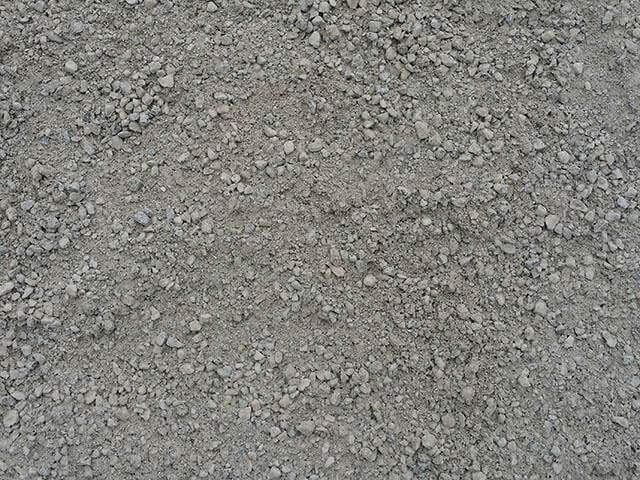When it comes to landscaping, the foundation is key. Beneath the beautiful pebbles, elegant pavers, and sturdy concrete lies a crucial layer – aggregates. But what exactly are these materials, and how do you choose the right ones? This guide explores the world of aggregates, including Crusher Dust, and their role in creating a solid and long-lasting base for your projects.
Understanding GAP Metals
GAP, short for General All Passing, refers to a range of screened and sorted aggregates. These materials are classified by the size of the screen they pass through, with GAP 7 / Crusher Dust being a fine-grained aggregate.
- GAP 7 / Crusher Dust: This fine-grade material plays a vital role in landscaping. It’s commonly used as a compacted base layer beneath pavers or concrete. When used in conjunction with larger grades like GAP 20 and GAP 40, it creates a smooth and stable surface for your chosen top layer. It can also be referred to as Crusher Dust.
- GAP 20 & GAP 40: GAP 20 is a popular choice for creating sub-bases for driveways and paths. Its excellent compaction properties make it an ideal foundation for subsequent layers. GAP 40, a heavier grade, is typically used for more demanding applications such as roading or areas prone to erosion.

Beyond GAP: SAPs and WAPs
- SAP (Scoria All Passing): SAP 7 is a fine-grained scoria aggregate used for bedding around pipes and ducting. However, it’s important to note that due to its tendency to compact, it’s not recommended as a standalone drainage material. Scoria 25/7 and Scoria 50/20, with larger particle sizes, offer better drainage capabilities and are suitable for drainage beds and behind retaining walls.
- WAP (Winstones All Passing): These aggregates, such as WAP 7 and WAP 12, are specifically designed for certain applications and are often specified by councils. WAP 7, for example, is washed to remove fines, making it ideal for use with permeable paving products.
Recommended Thickness Ranges for Optimal Performance
Choosing the right thickness for your aggregate layer is crucial for a successful project. Here’s a guide to help you determine the appropriate depth for various applications:
- Pathways: For a comfortable and durable pedestrian pathway, a compacted layer of 50-75mm of aggregate is generally sufficient.
- Residential Driveways: To withstand the weight of vehicles, residential driveways typically require a compacted layer thickness of 75-100mm.
- Roads:
- For light-traffic roads, aim for a robust base with a compacted layer thickness of 100-150mm.
- Heavy-traffic roads require a more substantial foundation, typically requiring a compacted layer thickness of 150-200mm.
- Drainage Solutions: Effective drainage is essential. To ensure proper water flow, use a layer thickness of 100-150mm, adjusting based on soil conditions and drainage requirements.
- Base Courses: For robust base courses that can withstand significant loads, a compacted layer thickness of 150-200mm is recommended.
- Concrete Applications: When preparing a base for reinforced concrete, a thickness range of 75-150mm is typically required, depending on the intended use and the anticipated loads.
Remember: These are general guidelines. The optimal thickness may vary depending on specific project requirements, soil conditions, and local regulations.
Gardenscape: Your Guide to Aggregates
Whether you’re embarking on a small paving project or a large-scale landscaping undertaking, choosing the right aggregates is crucial. At Gardenscape, we offer a range of high-quality aggregates, including GAP 7 and Crusher Dust, to suit your specific needs. Our experienced team can provide expert advice on the best materials for your project and ensure you have the right foundation for success.
Contact us today to discuss your project and explore our range of aggregates.
